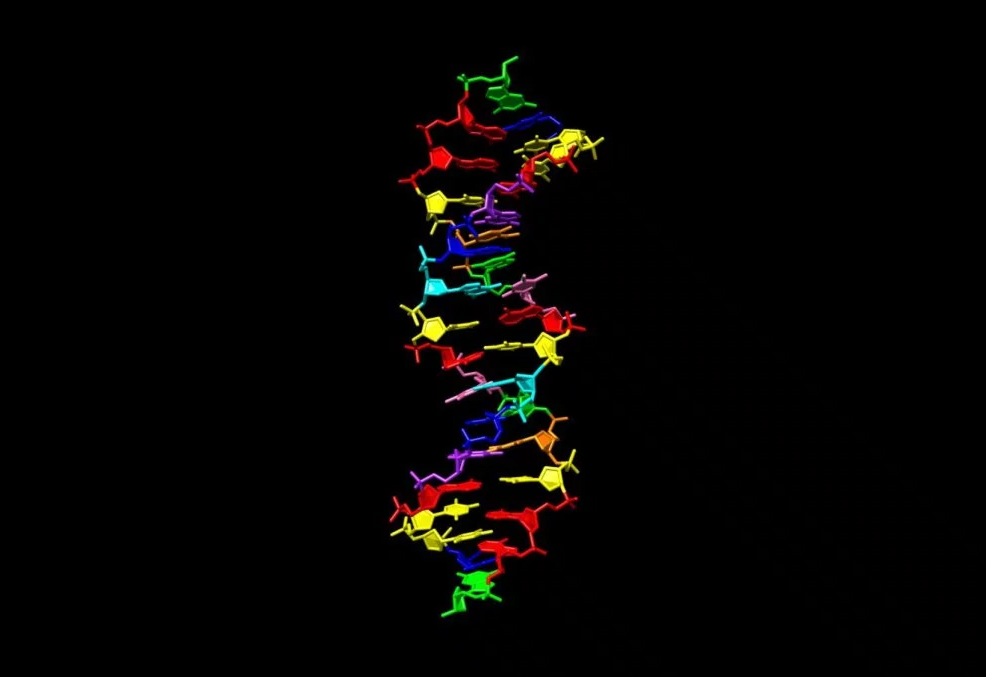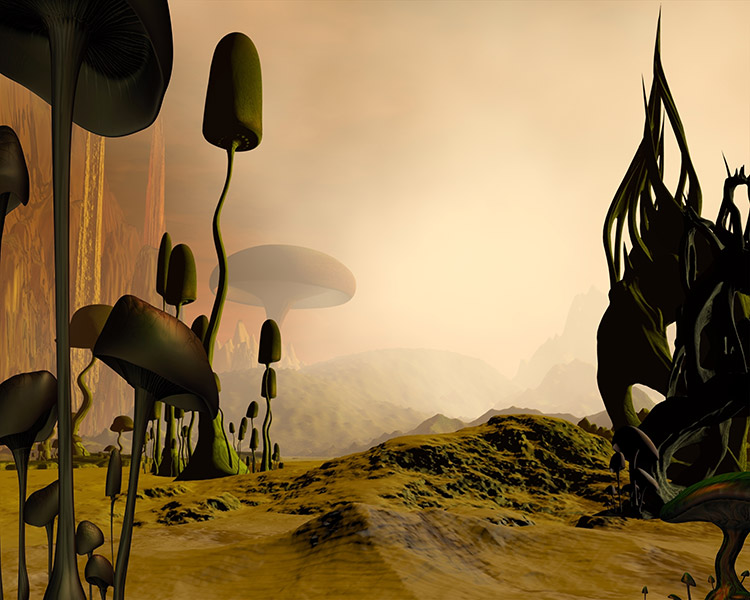
25th February 2019 Synthetic DNA expands genetic alphabet from four to eight Scientists have announced a new form of DNA – named Hachimoji DNA – composed of four natural, and four unnatural nucleobases. The benefits of such an eight-base DNA system may include an enhanced ability to store digital data, as well as insights into what may be possible in the search for extraterrestrial life.
In a research breakthrough funded by NASA, scientists have synthesised a molecular system that, like DNA, can store and send information. This major feat suggests there could be an alternative to DNA-based life as we know it. This new molecular system, which appears in Science Magazine, is not a new life form. However, it does suggest that scientists looking for alien life may need to rethink what they are searching for. Deoxyribonucleic acid (DNA) is a complex molecule that stores and transmits genetic information, which is passed from parent to offspring in all living organisms here on Earth, and its components include four key ingredients called nucleotides – all standard for life as we know it. But what about life on other worlds? "Life detection is an increasingly important goal of NASA's planetary science missions, and this new work will help us to develop effective instruments and experiments that will expand the scope of what we look for," said Lori Glaze, acting director of NASA's Planetary Science Division.
One way to imagine the kind of foreign structures that might be found on other worlds is to create something foreign on Earth. A team of researchers led by Steven Benner at the Foundation for Applied Molecular Evolution in Alachua, Florida, successfully achieved the fabrication of a new informational molecular system that is like DNA, except in one key area: it has eight informational ingredients, instead of four. The synthetic DNA includes the four nucleotides present in regular DNA – adenine (A), cytosine (C), guanine (G) and thymine (T) – but also four others that form the letters B, P, S and Z. The team dubbed their creation "hachimoji" (from the Japanese "hachi," meaning "eight," and "moji," meaning "letter"). Hachimoji DNA meets all the structural requirements that allow our DNA to store, transmit and evolve information in living systems. "By carefully analysing the roles of shape, size and structure in hachimoji DNA, this work expands our understanding of the types of molecules that might store information in extraterrestrial life on alien worlds," said Benner. Much more work is needed to determine what other genetic systems could serve as the foundation for life, and where such exotic organisms may be found. However, this study opens the door to further research on ways life could structure itself in environments that we consider inhospitable, but which might be teeming with forms of life we haven't yet imagined.
"Incorporating a broader understanding of what is possible in our instrument design and mission concepts will result in a more inclusive and, therefore, more effective search for life beyond Earth," said Mary Voytek, senior scientist for Astrobiology at NASA Headquarters. One of NASA's goals is to search for life on Mars – where a large underground lake was discovered last year – and moons of the outer Solar System like Europa and Enceladus, where vast oceans churn beneath thick layers of ice. What if life on those worlds doesn't use our DNA? How could we recognise it? This new DNA may be the key to answering these questions and many more. Hachimoji DNA has many other potential applications. These include alternatives to silicon for information storage, allowing higher data density and a durability that could allow it to remain intact for centuries. It may also have uses for DNA barcoding, self-assembling nanostructures, improved diagnostics, proteins with extra amino acids and new kinds of drugs. "Parts of this new DNA are already in products to diagnose disease and monitor the environment for disease-causing viruses," said Mark Poritz, who directs product development at Firebird Biomolecular Sciences, which provided the synthetic material. "It is exciting whenever science can impact people's health, as this work can."
Comments »
If you enjoyed this article, please consider sharing it:
|









